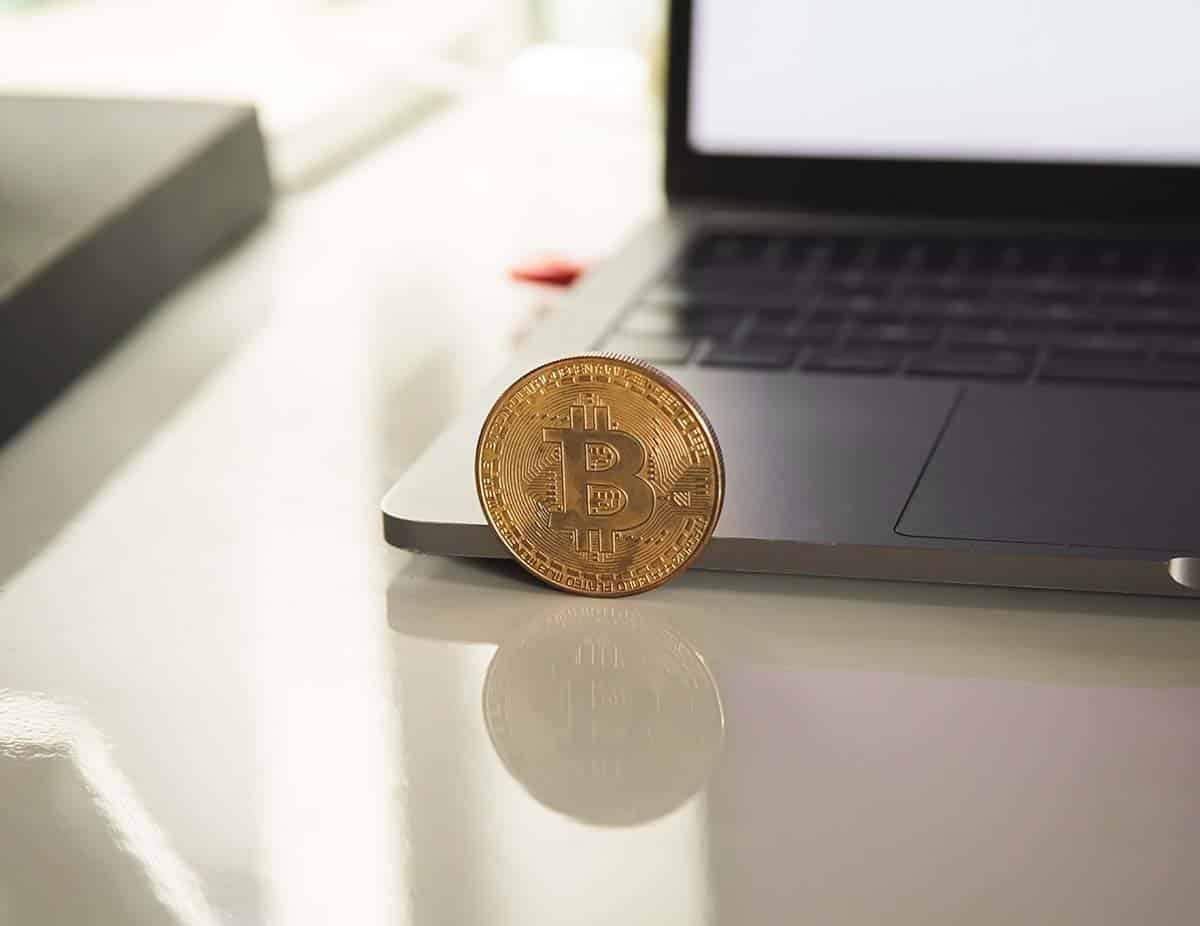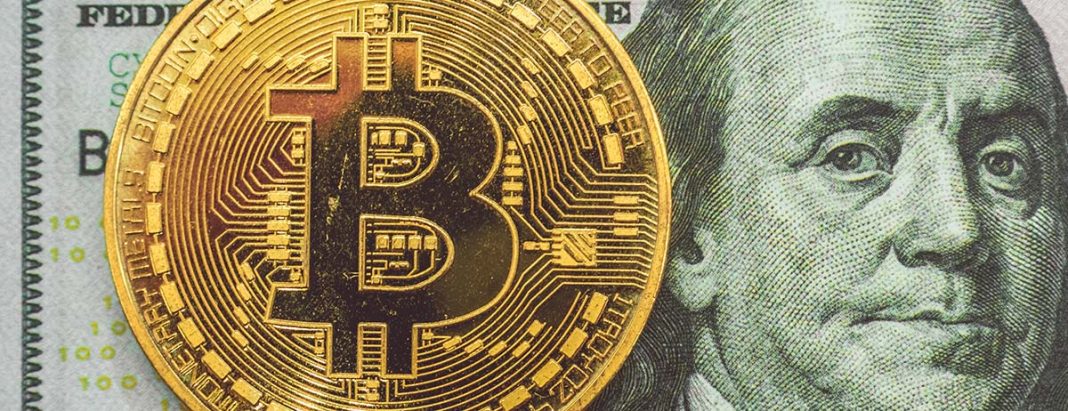The world of technology is moving fast, making its very best to flutter all of its wings and land into the future. We have achieved so much, and we are on our way to reach other accomplishments. Out of all that, we have realized digital currency is a topic to discuss in extensive detail. Many of you might confuse it with cryptocurrency or some other form of money that is not traceable at all. This exact depiction of digital currency is wrong, and we need to declare this now.
Digital Currency Definition
Digital currency is a type of money that is only present in the digital form. It doesn’t have any physical existence.
But it doesn’t mean that you can’t trace it; you can; which differentiates it from cryptocurrency.
Other digital currency names are digital money, electronic money, or electronic currency.
Deeply Understanding Digital Currency
Can I Hold A Digital Currency In My Hands?
You can’t have a digital currency present in a tangible form or hold it in your hands. But you can carry electronic devices such as mobile and laptop in which it exists.
You can only own it in a form where it is present digitally.
And you can use it to make transactions or buy products. Anyone in possession of digital currency can make transactions with which means that anyone with access to a digital account can access their digital money.

Which Are The Restrictions You Have To Deal With When Using Digital Currency?
This concept is purely different from physical money, where only the person in possession of the coins, banknotes, or cheques can perform transactions with it. Like hard-earned cash, you can use digital currency to make purchases, buy goods, or avail services over online channels. But there are some restrictions that the digital currency has to face, such as gaming sites, gambling portals, or social networks. You would have to first confirm with the retailer whether they will accept digital currency or not.
How Does Digital Currency Work?
Who Owns The Digital Currency?
A central bank, like the Federal Reserve, developed and put a standard interface into effect as the regulating body. It launches the system and then carefully monitors its performance. Once they found the digital currency, people can exchange real money to replace it. Upon returning the digital cash, it lives inside an app or some other framework, so you can store it and use it for purchases.
What’s The Code Behind Digital Currency?
When you have to make a purchase, you will initiate the payment through the app or standard interface in which your digital currency lives using your mobile or laptop. The vendor’s payment details are submitted, usually containing an identifier code on which you can transact the money. After submitting these details, you can initiate a payment. If you are using some app as a standard interface to access your digital currency, it is equally possible to save all of your transaction histories. It merely means that if you have to make a payment to the same vendor next time, you can access their details from the payment history and make an instant payment.
Examples Of Digital Currency
By definition, there are only two digital currency types. And that is a centralized and decentralized digital currency. You can explain both of these terms as follows:
1. Centralized
Who Offers Centralized Digital Currency?
A centralized digital currency would have a central administrator in charge of regulating it, and in doing so, the person oversees its various elements. This administrator is usually the issuer of the currency. They have the same role as a central bank would have: to regulate the system that backs down the entire digital currency in question.
2. Decentralized
Who Offers Decentralized Digital Currency?
This type of digital currency doesn’t have a central administrator or authenticator. Instead, a distributed network will take care of authenticating transactions taking place with the decentralized digital currency such as Bitcoin.
What’s The Code Behind Decentralized Digital Currency?
Many of these decentralized currencies use blockchain systems. In a simple definition, this system has a linked array of records interconnecting with each other and carrying unique numbers known as blocks. These blocks have the currency information known as hashes. When a payment is requested, the request gets broadcasted to a vast network. This network consists of many nodes or computers. When the transaction gets authenticated, it adds a new block to the blockchain network that consists of all the transaction information. This block is permanent and irreplaceable.
Why is Decentralized Digital Currency safe?
When the transaction gets completed, the records refresh, and everything stays there if in future verification is required. The peer-to-peer network present in the decentralized digital currency avoids an administrator’s need. It also helps to avoid a centralized security failure, which means that there will be fewer transaction costs and more transparency between the transacting parties.
Difference Between Cryptocurrency And Digital Currency
Is The Digital Currency Already Found?
These currencies exist in the digital currency as virtual and cryptocurrencies’ superset due to the number of variations. To understand the difference, consider a scenario where different countries plan to launch their fiat currencies’ digital version. A central body will regulate everything, and you would call the money itself central bank digital currency (CBDC).
What Is A Virtual Currency?
On the other hand, if the same currency exists in an unregulated form, it would be called a virtual currency. It might control the currency developers acting as administrators and regulators. You could elongate these virtual currencies into cryptocurrencies, coupons, or reward-related monetary systems that you can use on various shopping sites.

Is Cryptocurrency A Digital Currency?
Cryptocurrency is a virtual currency type that uses the blockchain system to manage all the information related to the transactions. All of this information is permanent, and a distributed network of computers operates it. This network serves as potential nodes to transfer requests and transaction information. The very heart of a blockchain system uses cryptography. This system helps secure and then verifies transactions while managing and controlling such currencies.
The Bottom Line
The world still has to accept and use digital currency completely, but we are halfway there with such extensive practice of its adoption. That time is not far when everyone will be using digital currency for good, and we will be able to say goodbye to paper money finally.




